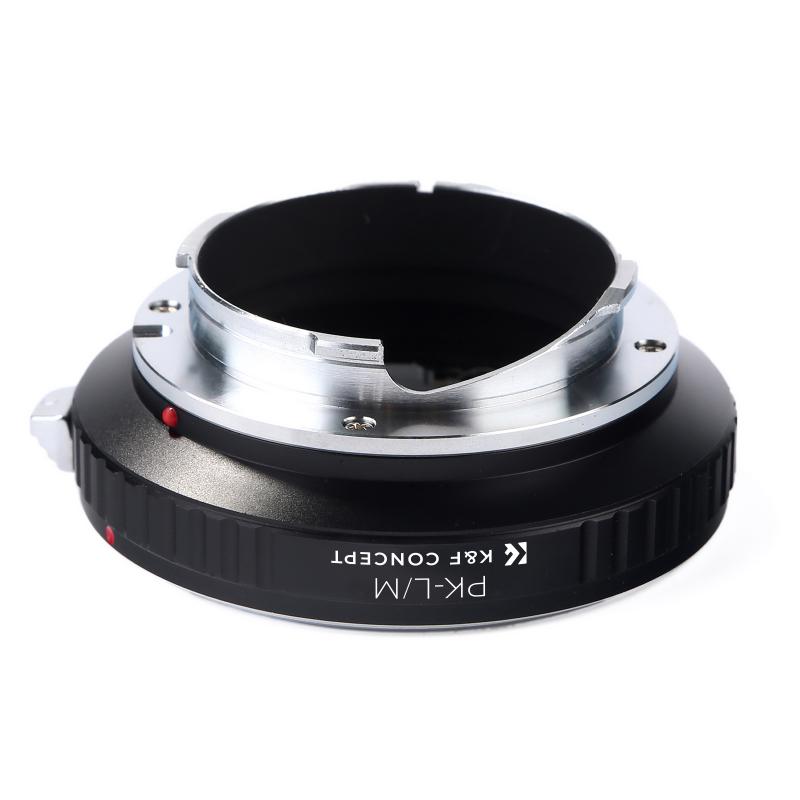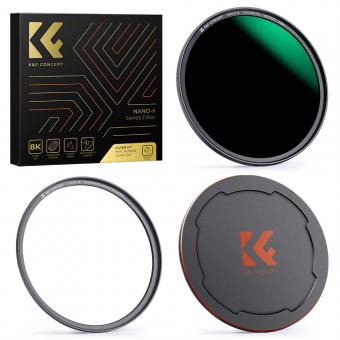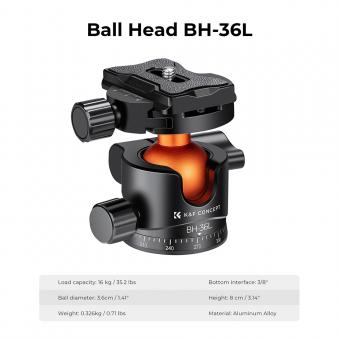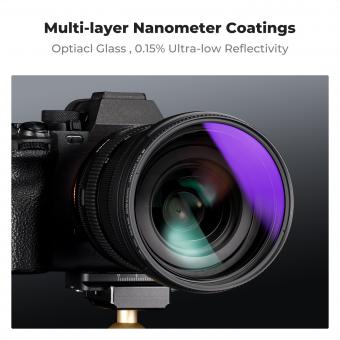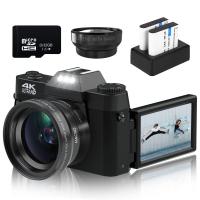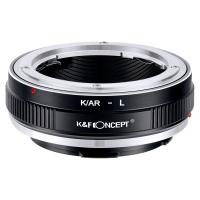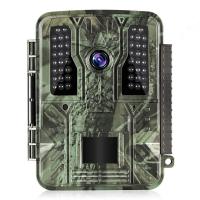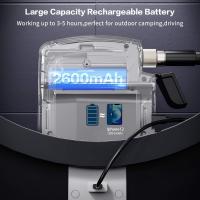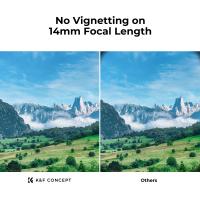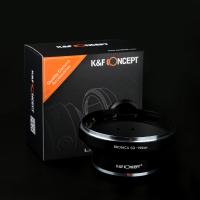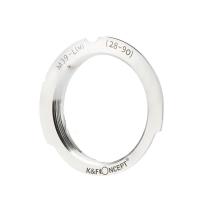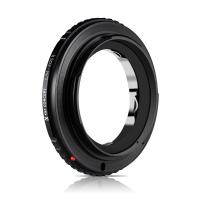What Is A Stopper Camera Filter ?
A stopper camera filter is a type of photographic filter that is used to reduce the amount of light entering the camera lens. It is typically used in landscape photography to achieve long exposure effects, such as capturing smooth water or streaking clouds. The stopper filter is designed to block a significant amount of light, allowing for longer exposure times without overexposing the image. It is often made of darkened glass or resin and comes in different strengths, such as 6-stop, 10-stop, or even higher. By using a stopper filter, photographers can create dramatic and ethereal effects in their images by blurring motion and extending exposure times.
1、 Definition and Purpose of a Stopper Camera Filter
A stopper camera filter, also known as a long exposure filter or ND (Neutral Density) filter, is an essential tool for photographers looking to capture stunning long exposure images. It is a type of filter that reduces the amount of light entering the camera, allowing for longer exposure times without overexposing the image.
The purpose of a stopper camera filter is to create a variety of creative effects in photography. By using a stopper filter, photographers can achieve smooth and silky waterfalls, streaking clouds, and blurred motion in a scene. It is particularly useful in landscape photography, where it can add a sense of movement and drama to static scenes.
The stopper camera filter works by evenly reducing the amount of light that reaches the camera's sensor. It is typically made of darkened glass or resin and comes in different strengths, such as 6-stop, 10-stop, or even higher. The higher the stop value, the longer the exposure time required to achieve the desired effect.
In recent years, stopper camera filters have gained popularity among photographers due to the rise of long exposure photography on social media platforms. Many photographers are experimenting with different techniques and subjects to create unique and eye-catching images. Additionally, advancements in filter technology have led to the development of more durable and optically superior filters, enhancing the overall image quality.
In conclusion, a stopper camera filter is a valuable tool for photographers seeking to capture long exposure images. It allows for creative effects by reducing the amount of light entering the camera, resulting in stunning and unique photographs. With the growing interest in long exposure photography, the use of stopper filters continues to evolve, providing photographers with endless possibilities for artistic expression.
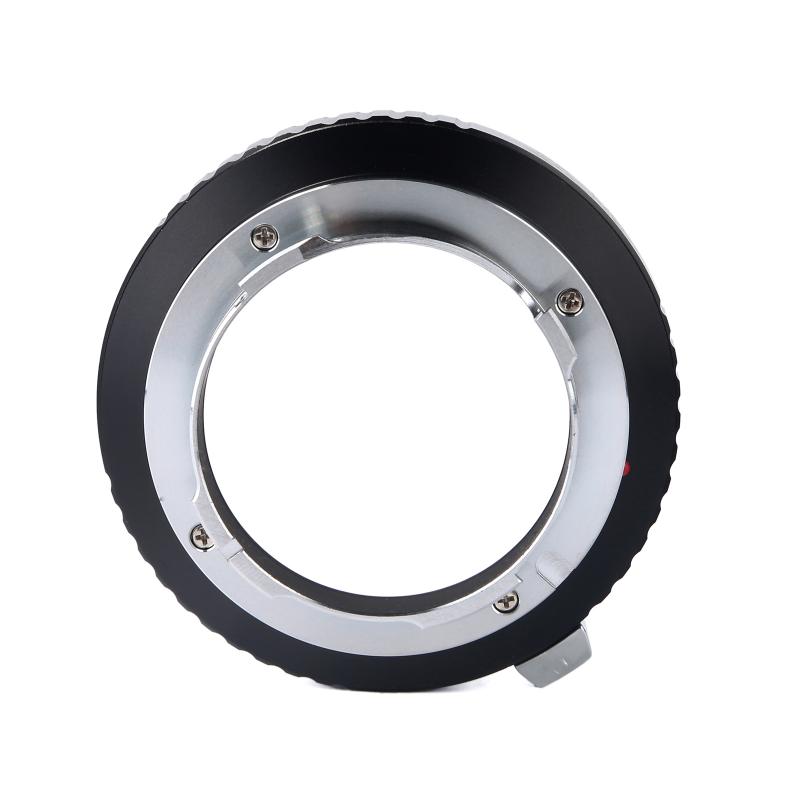
2、 Types of Stopper Camera Filters
A stopper camera filter is a type of photographic filter that is used to control the amount of light entering the camera lens. It is primarily used in landscape photography to achieve long exposure effects, such as capturing smooth waterfalls or streaking clouds. The stopper filter is designed to block a significant amount of light, allowing for longer exposure times without overexposing the image.
There are different types of stopper camera filters available in the market, each with varying levels of light reduction. The most common types include the 6-stop, 10-stop, and 15-stop filters. These numbers refer to the number of stops of light that the filter blocks, with a higher number indicating a greater reduction in light.
The latest point of view in stopper camera filters is the introduction of variable ND filters. These filters allow photographers to adjust the amount of light reduction by rotating the filter, providing more flexibility in controlling exposure. Variable ND filters are particularly useful in situations where the lighting conditions may change rapidly, such as during sunrise or sunset.
Stopper camera filters are essential tools for landscape photographers as they enable the capture of stunning long exposure images. They allow for creative effects, such as capturing the movement of water or creating dreamy, ethereal landscapes. With advancements in technology, stopper filters are becoming more versatile and user-friendly, making them a popular choice among photographers.
In conclusion, a stopper camera filter is a valuable accessory for photographers looking to experiment with long exposure photography. With different types and the latest introduction of variable ND filters, photographers have more options to control the amount of light entering their camera lens and achieve stunning creative effects.
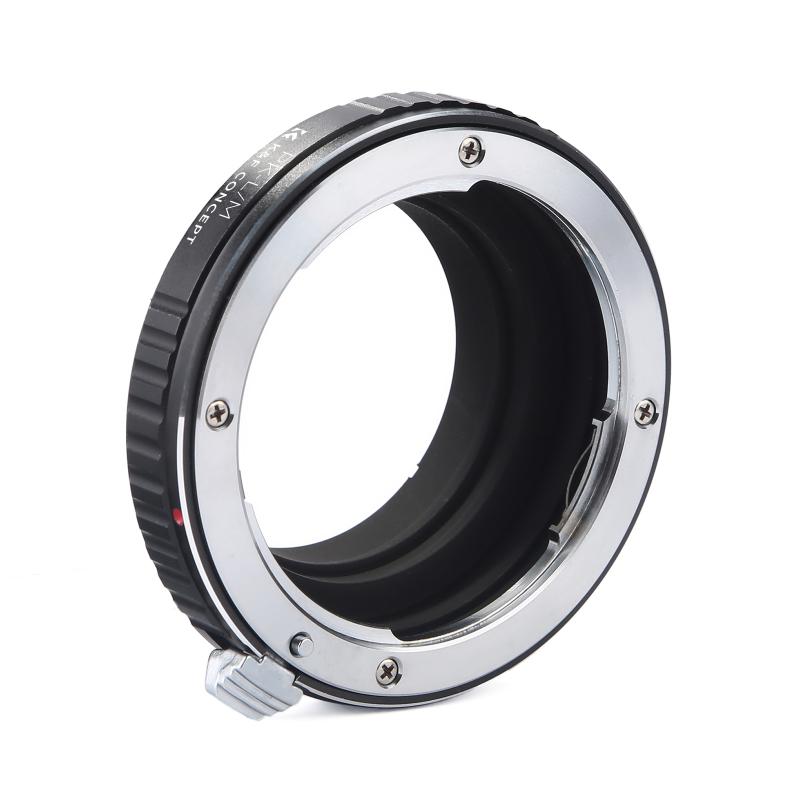
3、 How to Use a Stopper Camera Filter
A stopper camera filter is a type of photographic filter that is used to control the amount of light entering the camera lens. It is typically used in landscape photography to achieve long exposure effects, such as capturing smooth water motion or creating streaks in the sky.
A stopper camera filter is essentially a dark piece of glass or resin that is placed in front of the lens. It reduces the amount of light that reaches the camera sensor, allowing for longer exposure times. The most common types of stopper filters are the 6-stop and 10-stop filters, which reduce the light by 6 and 10 stops respectively.
To use a stopper camera filter, you need to follow a few steps. First, set up your camera on a tripod to ensure stability. Then, compose your shot and focus on the subject. Once you have the desired composition, attach the stopper filter to the front of your lens. Adjust the exposure settings accordingly, as the filter will significantly reduce the amount of light entering the camera.
Using a stopper filter requires longer exposure times, so it is important to use a remote shutter release or the camera's self-timer function to avoid camera shake. Additionally, it is recommended to shoot in manual mode to have full control over the exposure settings.
In recent years, there has been a rise in the popularity of stopper camera filters due to the increasing interest in long exposure photography. Many photographers are experimenting with different techniques and creative ways to use these filters to capture stunning and unique images.
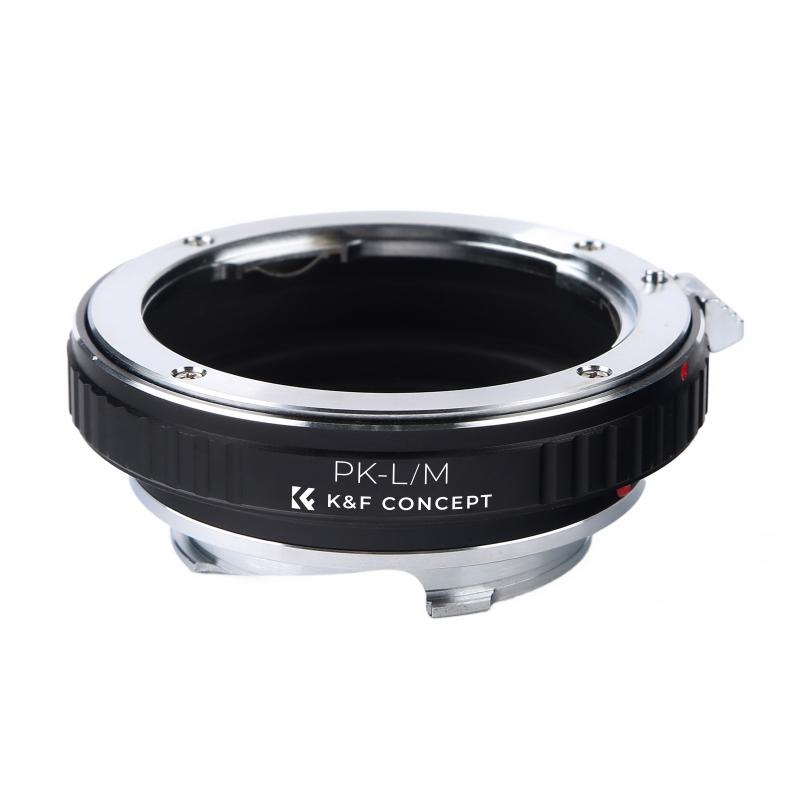
4、 Benefits and Limitations of Stopper Camera Filters
A stopper camera filter is a type of photographic filter that is used to control the amount of light entering the camera lens. It is typically made of darkened glass or resin and is designed to reduce the amount of light that reaches the camera's sensor. This allows photographers to achieve longer exposure times, even in bright lighting conditions.
The main benefit of using a stopper camera filter is the ability to create stunning long exposure images. By using longer exposure times, photographers can capture the movement of elements such as water or clouds, creating a sense of motion and adding a dynamic element to their photographs. This can result in breathtaking images with smooth, silky waterfalls or streaking clouds.
Another advantage of stopper camera filters is their versatility. They come in different strengths, such as 6-stop, 10-stop, or even 15-stop filters, allowing photographers to choose the level of light reduction that best suits their needs. This flexibility enables photographers to adapt to various lighting conditions and achieve the desired effect in their images.
However, stopper camera filters also have limitations. One limitation is the potential for color cast or loss of image quality. Some lower-quality filters may introduce a color shift or reduce the sharpness of the image. However, advancements in filter technology have minimized these issues, and high-quality filters are now available that maintain color accuracy and image sharpness.
Additionally, using stopper camera filters requires careful exposure calculations and adjustments. The reduced amount of light reaching the camera sensor means longer exposure times, which can lead to overexposure if not properly controlled. Photographers need to be mindful of the exposure settings and make adjustments accordingly to achieve the desired results.
In conclusion, stopper camera filters offer photographers the ability to create stunning long exposure images and add a dynamic element to their photographs. While they have limitations such as potential color cast and exposure adjustments, advancements in filter technology have addressed many of these concerns. With proper technique and high-quality filters, photographers can achieve impressive results with stopper camera filters.
